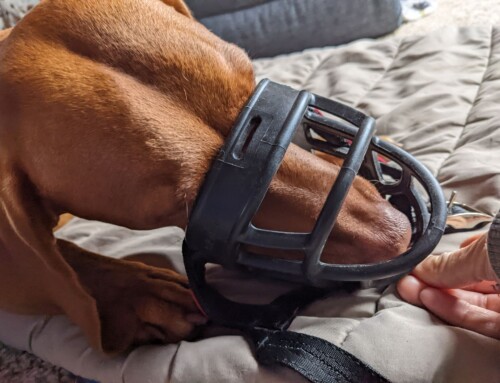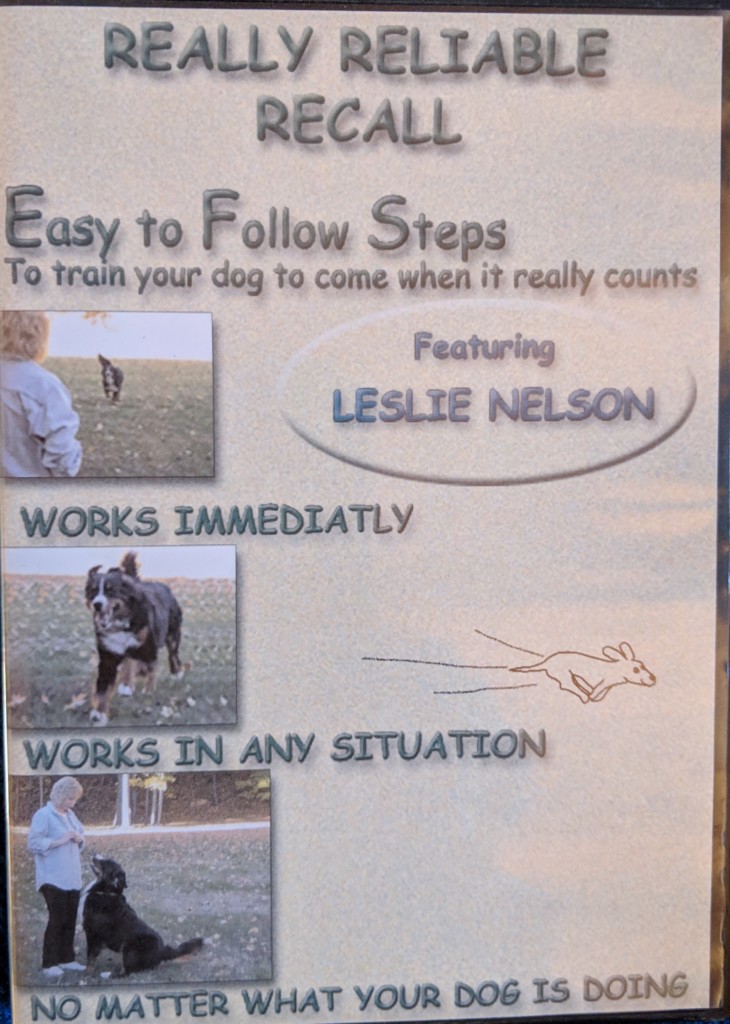DOG TRAINING OFFERED IN-PERSON AND ONLINEOur dog training services are delivered in almost any format that meets your needs. We have GROUP CLASSES at our indoor and outdoor facilities on our farm, ONLINE LIVE STREAMING classes, and SELF-PACED VIDEO-BASED training through our Online Dog Training Course. Our PRIVATE TRAININGS can be done in-home, outside, in public dog-friendly locations, at our facility on our farm, online via phone or video conferencing and through email. |
Unfortunately, it’s not that uncommon for a dog adopted through a rescue group or shelter to be afraid of men and in some cases, children. In some cases, these dogs adjust easily to the men in the household but not to others. In other cases, the dog is equally afraid of men living in their new household too. This can make for a very stressful home life.
Most people assume that if a dog is afraid of men, she has been abused by a man in her past. While that sometimes is true, in many cases, it is not. More often, the problem is not one of past abuse but rather lack of experience. During a puppy’s critical socialization window (which closes somewhere between 12 and 16 weeks of age) a puppy should be exposed – safely – to as many different types of people, animals and other experiences as possible.
While we don’t want to overwhelm puppies, if they don’t have any experience with – let’s say – men, during this time, it’s highly likely that the puppy will be afraid of the men she encounters later. While we can work to get past some of these fears later in life, it makes it far more difficult. And for many of these dogs, they will never be as comfortable around men as they could have if they’d had those early experiences.
If you have a puppy, the best thing you can do is make sure he or she is getting plenty of positive, safe experiences with men, women, teenagers, young children, toddlers and babies as possible. If you’ve brought home an older dog who already is showing signs of fear of certain groups of people, strangers, or other things, then take things slowly and don’t force too much on your dog at once.
If the fear is significant, consider hiring a professional to help you through the process slowly. Some people will flood their dogs with these experiences so the dog can “get over it” and in the process, actually make the fear worse. Unfortunately, this often ends up with the dog biting someone and being labeled a “dangerous” dog when in fact, this dog is quite fearful and overwhelmed.
While working in baby steps might seem to take far too long, you will almost always make faster and more significant progress by taking small baby steps over a longer period of time than trying to do too much too soon. Patience is the key!
Our goal is to positively impact the lives of as many dogs and their families as we can, in part through our extensive library of video, infographics and text articles. |










Leave A Comment